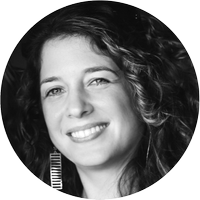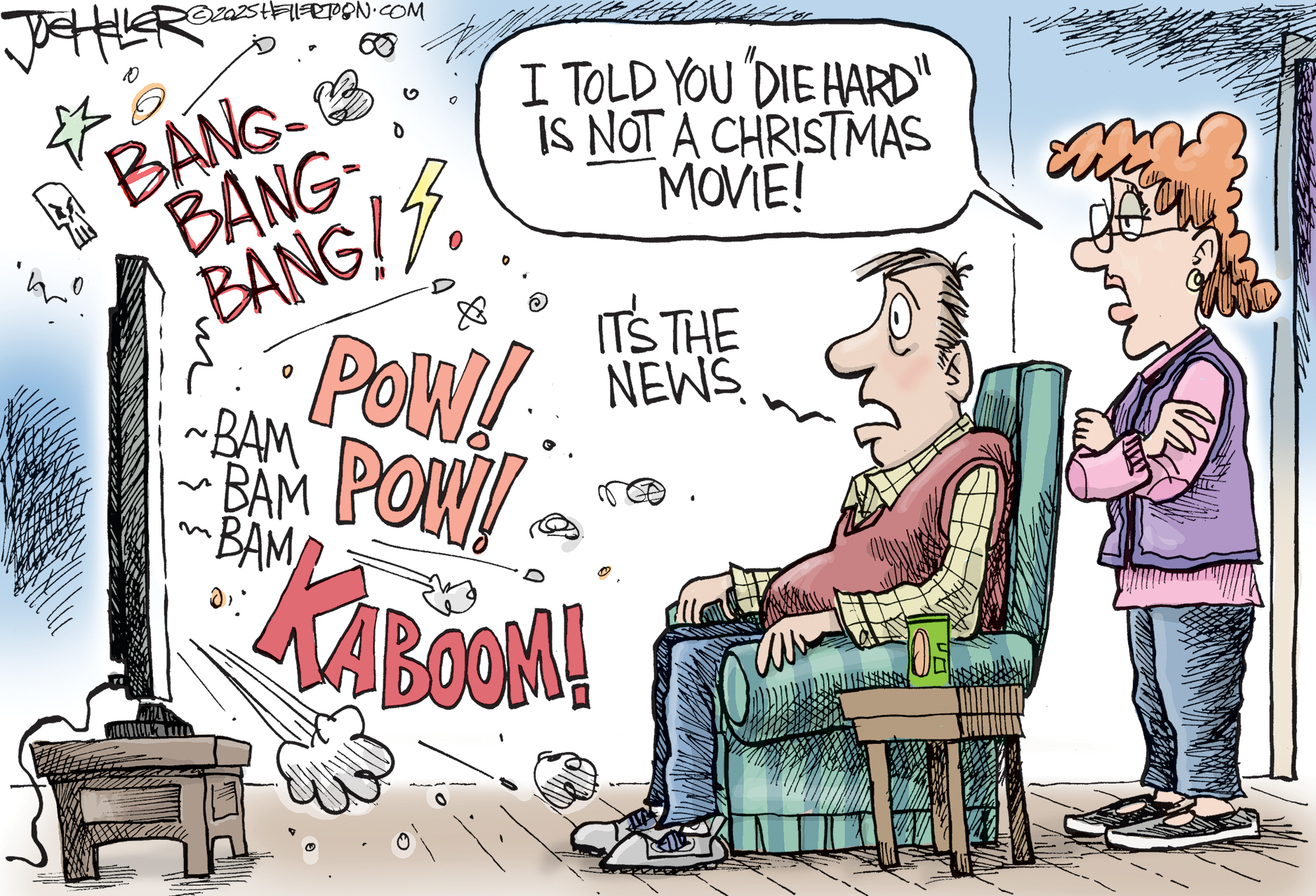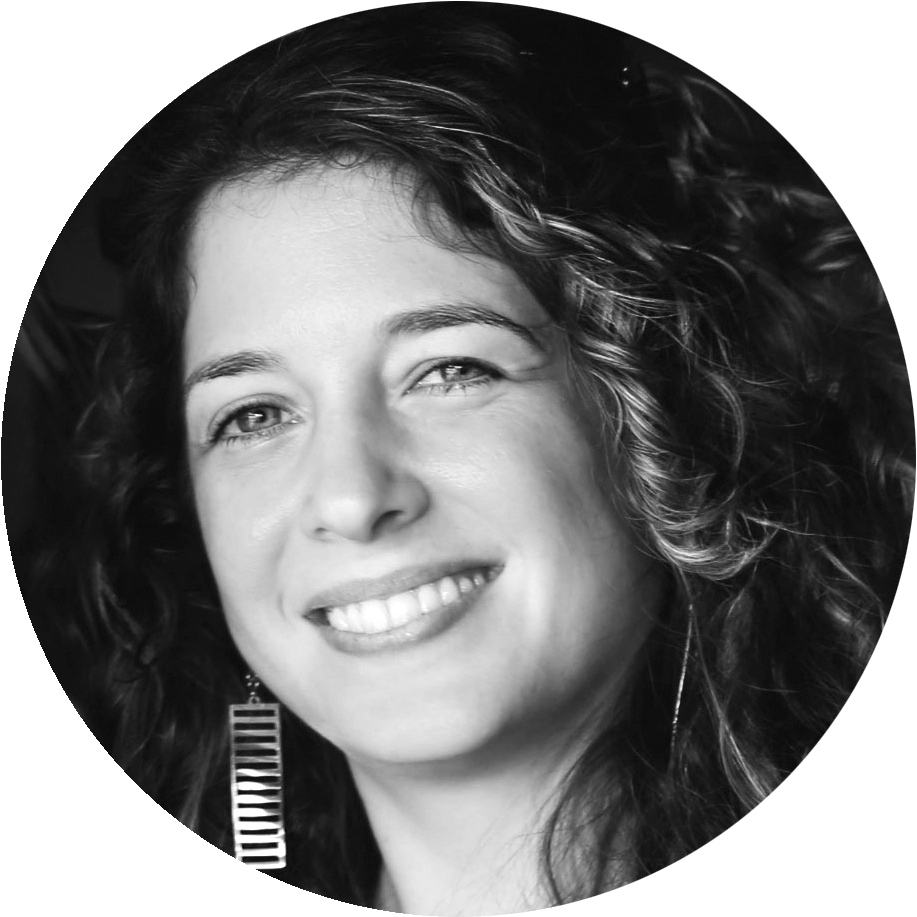A Wrinkle in Time isn't very good. That's okay.
This movie is a beautiful mess. Please don't take any political or cultural lessons from that.


In the wind-up to its premiere, Ava DuVernay's A Wrinkle in Time has ended up at the intersection of a number of urgent debates about (among other things) the underrepresentation of black women in Hollywood, the need for more female directors, the difficulty of literary adaptations, and whether Black Panther — a film made with black audiences in mind that broke records around the world — was a blip or the start of a trend.
When a movie is that enmeshed in various culture wars, any discussion of it starts to feel like it's pronouncing on these adjacent questions. This is as sloppy as it is unfair. No film should have to shoulder that heavy a burden, and no conversation that complicated can be addressed by a single work. Critic Emily Yoshida parodied the needless binaries these arguments are producing when she tweeted this (not having yet watched the film):
Still, it's easy to see why people feel passionately about this. It's a major breakthrough for a big-budget Disney production to be directed by a black woman and feature a black female protagonist. In A Wrinkle in Time, DuVernay has made it a point to give little black girls the kind of warm, uplifting fantasy fulfillment they almost never get. That's admirable, and I hope this is the first of many more efforts in that direction.
The Week
Escape your echo chamber. Get the facts behind the news, plus analysis from multiple perspectives.

Sign up for The Week's Free Newsletters
From our morning news briefing to a weekly Good News Newsletter, get the best of The Week delivered directly to your inbox.
From our morning news briefing to a weekly Good News Newsletter, get the best of The Week delivered directly to your inbox.
I also wish the movie was better.
It begins beautifully: We first meet Meg (Storm Reid), our sullen but relatable protagonist, when she's little and excited and filled with dreams (Young Meg is played by Lyric Wilson). Her family life is populated with sweet and brainy metaphors, one of which is a complicated paper chatterbox that shows or conceals a heart depending on how its folded. The lesson her father (Chris Pine) teaches her is that love never vanishes; it's just "enfolded".
It might have helped if the movie had presented its subsequent metaphors that clearly. Take the tesseract. The Murrys are brilliant academics whose fields of interest (physics and biology in the books) are described in the film in terms of "thinking big" in his case vs. "thinking small" in hers. Dad is obsessed with the universe, Mom with atoms. It's clear that they've jointly theorized a form of travel (called "tessering"), but their public explanation of what a tesseract actually is — which doubles as the audience's education in the concept — gets interrupted by scholarly laughter. This really is a giant missed opportunity. This thoroughly disorienting film offers very little grounding when it comes to its most basic terms, and that was the place to clearly present the tesseract and its stakes.
In the book, a tesseract is explained as "wrinkling" time and space to bring two distant points together. But in the movie, the explanation begins as a meditation on how two points in the universe that love each other can be vast distances apart. You instantly imagine this is about Mr. and Mrs. Murry (partly because they're staring at each other adoringly as they say this), but this turns out to be kind of a false parallel. Before this puzzling analogy can develop into a scientific explanation of time/space travel, it instead devolves into the spectacle of the Murrys being mocked by their colleagues.
A free daily email with the biggest news stories of the day – and the best features from TheWeek.com
The Murrys' post-presentation discussion about pedagogical strategies when it comes to their discovery — Mrs. Murry wants to bring the scholars along and tells Mr. Murry that they "weren't ready" and he moved too fast — seems to suggest that this film is concerned partly with the problem of knowing too much. What happens when you see things others don't? Do you move forward all alone, as Mr. Murry did, abandoning his family, or do you patiently educate others so they'll take the difficult journey with you?
If that was one of the problems the film meant to work out, it feels at best like a dropped thread. At worst, the film sides entirely with Mr. Murry and charges ahead without bothering to bring the audience along.
Nothing that happens from this point onward makes much sense either in substance or in stakes.
Meg and her little brother Charles Wallace are joined by Meg's schoolmate Calvin, who seems to like her. Charles Wallace, who seems to understand most of whatever it is they're undertaking, introduces them to the three "Mrs. Ws" — Whatsit, Who, and Which, played by Reese Witherspoon, Mindy Kaling, and Oprah Winfrey, respectively. And then the journey begins, with stops that aren't explained and scenarios that feel like tests, if only you ever found out what was being tested or what the right answer was.
When the children first tesser, for instance, they land on the lush green planet where Mr. Murry was last seen. Winfrey's regal Mrs. Which benevolently tells them to explore, so they run a little, then Reese Witherspoon turns into a flying lettuce creature, scoops them up, and glances knowingly at the camera two or three times. It feels like something important is happening, but I'm not at all sure what it is.
This is supposed to be the story of how Meg learns to love herself — her braininess, her hair, her faults. But few of the scenarios the kids encounter seem to be testing or developing those particular skills. One of the most effective scenes in the entire film has the three children standing on a suburban block as children in every driveway bounce identical red balls in perfect synchrony. It's horrifying and sublimely interesting and totally weird. Charles Wallace complains, holding his head, that the "vibrations" of the sound are hurting him. It seems like this is building toward some kind of argument about sameness or conformity. And Charles Wallace seems particularly sensitive to that pressure, which he experiences as pain.
But if that was meant to be a test — one mom asks them to come inside and eat, Meg says no, and the spectacle collapses — I have no idea what to make of what happens next. I'd assumed the lesson was "don't accept food in the evil land of Camazotz," but in the very next scenario — a beach — Calvin and Charles Wallace, both of whom were warned to "be suspicious," immediately accept a stranger's hospitality and eat a sandwich. Only one of them suffers any ill effects. I'm not sure why. Initially, I thought "It" was about the pressure to conform to some tyrannical vision of normalcy (and indeed, sometimes it is). But in that moment, it feels like what condemns Charles Wallace is his pride in his own exceptionalism.
By this point, I was truly confused by what "Good" and "Evil" meant in the movie's terms.
Everyone tries very hard to make this movie work. Reid's stubborn stillness centers you amid the flurries of CGI color onscreen; it's a constant relief to watch her (the movie is generally at its best when it goes minimalist and lets the actors stop competing with the scenery). But somehow the whole never quite takes off; Witherspoon's attempts at humor fall flat, Kaling's quotations don't add up to much, her decision to suddenly stop quoting and use her own words is more puzzling than anything else, and even Winfrey's gigantic hovering presence offers more comfort than guidance. (I have no idea what to make of the fact that the one piece of advice the ladies give the children on Camazotz turns out to be wrong.)
This is a genuinely sweet movie, and the kids are the best part of it. (I found Deric McCabe's turn as evil Charles Wallace uncannily perfect). But it's more a tesseract than a coming-of-age story: an unexplained process that takes you somewhere without telling you why, rather than anything resembling a journey, or an arc. A Wrinkle in Time is a big deal for many reasons worth celebrating. It also isn't perfect. And that's okay.
Lili Loofbourow is the culture critic at TheWeek.com. She's also a special correspondent for the Los Angeles Review of Books and an editor for Beyond Criticism, a Bloomsbury Academic series dedicated to formally experimental criticism. Her writing has appeared in a variety of venues including The Guardian, Salon, The New York Times Magazine, The New Republic, and Slate.
-
 Political cartoons for December 21
Political cartoons for December 21Cartoons Sunday’s political cartoons include Christmas movies, AI sermons, and more
-
 A luxury walking tour in Western Australia
A luxury walking tour in Western AustraliaThe Week Recommends Walk through an ‘ancient forest’ and listen to the ‘gentle hushing’ of the upper canopy
-
 What Nick Fuentes and the Groypers want
What Nick Fuentes and the Groypers wantThe Explainer White supremacism has a new face in the US: a clean-cut 27-year-old with a vast social media following
